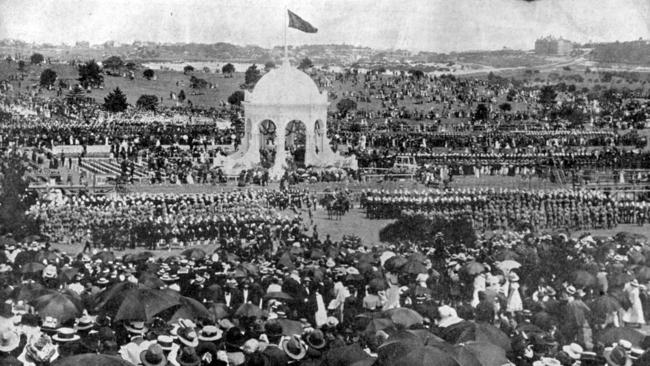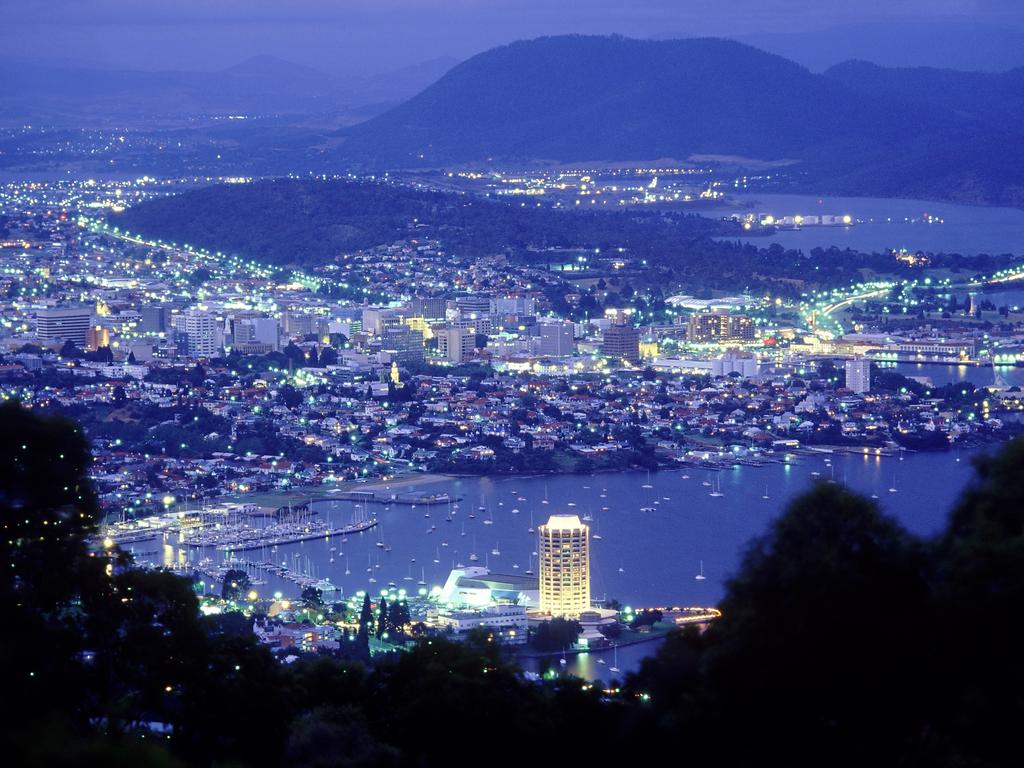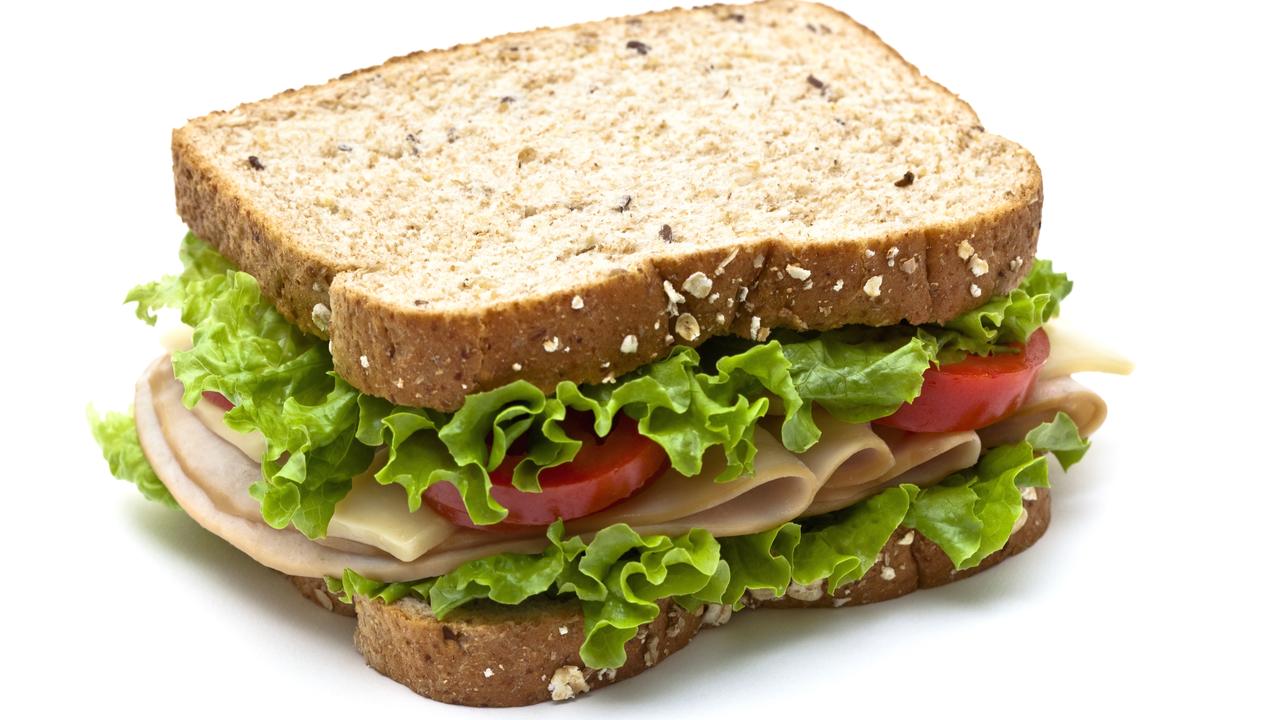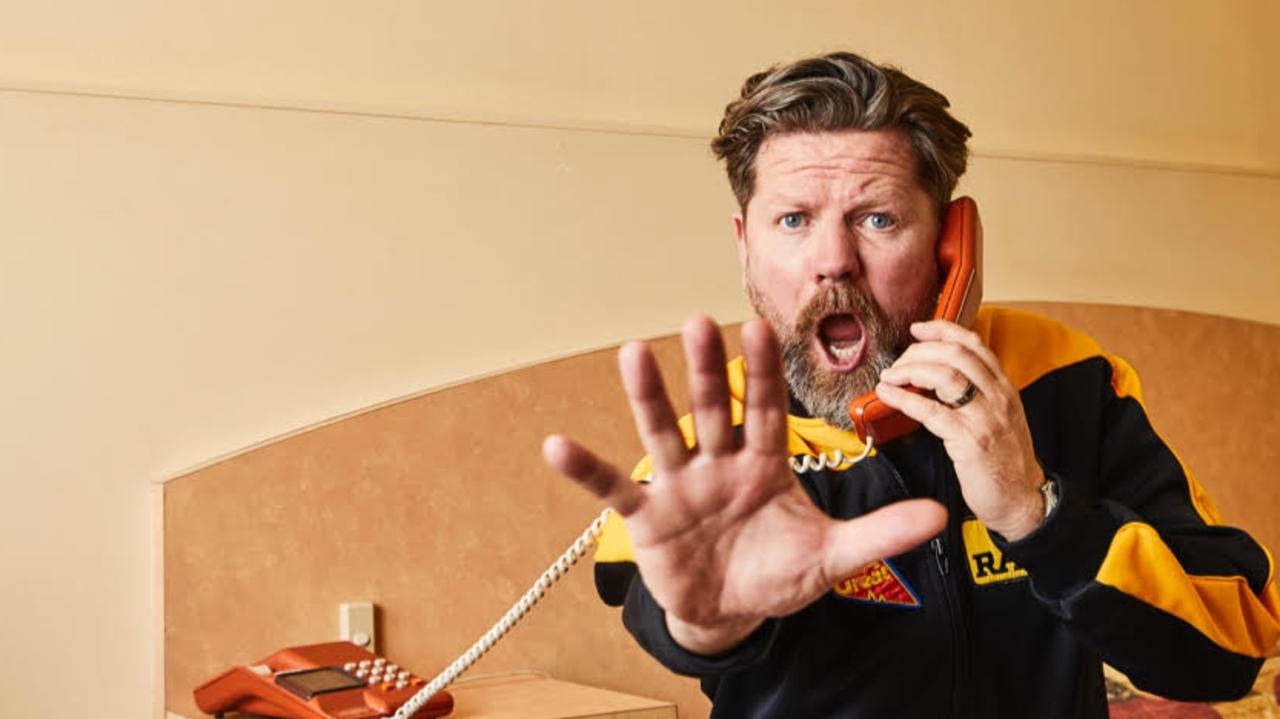
Australia is unique in a number of ways. Our isolation has meant our flora and fauna evolved separately. No other continent has kangaroos and koalas. We’re close to Southeast Asia and yet we are English speaking. But there is something else that separates us.
We are the only nation on Earth to claim the resources of an entire continent. We make this claim with 26 million residents. When we first came together at Federation, we had fewer than five million. Not even the Americans claim an entire continent, but we do.
In addition, we have happily snapped up a series of offshore islands and territories (including reefs) that we claim to be part of our realm. Indeed, for 25 years prior to 1959, this included a claim to two separate slices of Antarctica equating to roughly one-third of the entire continent. That claim was suspended in the interests of global scientific research.
Did you know that New Zealand was administered from Sydney for two years in the 1840s? And that New Zealand was invited to join our federation in 1901? Can you believe it, those Kiwis said thanks but no thanks!
The Commonwealth of Australia as we know it today wasn’t always a sure thing. Indeed, the colony of Western Australia jumped on board the federation bandwagon only at the last moment.
In the late 1960s, Australia added yet another territory to its offshore – namely the (largely) uninhabited islands of the Coral Sea.
It’s almost as if we Australians want a buffer zone around our continent.
There’s the offshore territories of Christmas Island and the Cocos (Keeling) Islands which are closer to Indonesia than to the Australian mainland. There’s the territory of Ashmore and Cartier Islands off the Kimberley coast; Ashmore is, in some references, described as a reef. We’re claiming reefs, now?
For half a century, Papua New Guinea was an Australian territory that included the garrison town of Rabaul on the island of New Britain where the Japanese massacred 160 (surrendered) Australians at Tol Plantation in February 1942. The lesson from Rabaul and later from our Kokoda is that we do indeed need buffers.
To the south we claim the territory of Heard and McDonald Islands while to the east sits the territory of Norfolk Island. There are other island claims including Tasmania’s remote Macquarie Island and Queensland’s Torres Strait Islands, which extend towards PNG.
The extent of our land claim prompts the question of how the people of the Australian continent might have fared had we not unified via federation in 1901? This would have surely resulted in each colony responding separately and thus less efficiently to calamities such as wars, the Great Depression and pandemics. It would have led to cross-border bickering and the snaffling of each other’s resources.
Our nation makes big territorial claims and benefits mightily from the safety of our island continent and its surrounds, and from the shared wealth of its seemingly endless resources.
The lesson of the past 100 years or so is that we are stronger when we are united and clear-eyed about the kind of nation we want to build and to bequeath to future generations.







